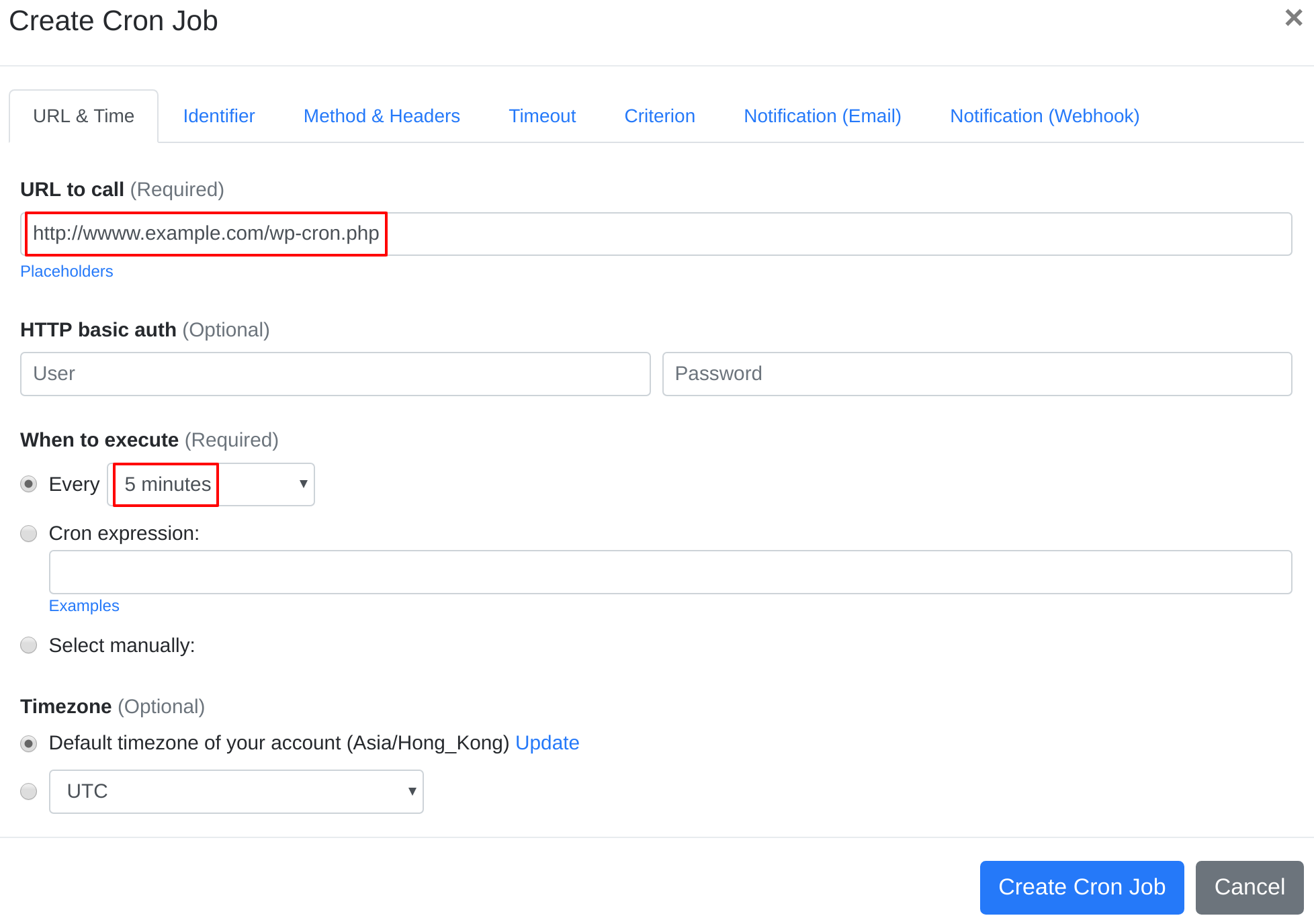

- #How to set up bitbucket digitalocean how to
- #How to set up bitbucket digitalocean code
- #How to set up bitbucket digitalocean download

#How to set up bitbucket digitalocean how to
Now that we have our API token, we can use docker-machine to actually create a droplet for us and set it up to be a docker host for us.In this tutorial, I will guide you step by step on How to Deploy Laravel to Digital Ocean so that you can push your local laravel project to the cloud. I have my token store in the environment variable DO_TOKEN (you can set that for yourself using export DO_TOKEN="YOUR_TOKEN". Once you have your account you can go here to generate a new API token.

You’ll need to sign up with digital ocean before we begin because you’ll need to grab your API token. For this tutorial, we’re going to host with Digital Ocean (that link will get you a $10 credit for signing up) and creating our host using docker-machine. Thankfully, Docker provides us with a really nice tool for building docker hosts easily in quite a few hosting providers.
#How to set up bitbucket digitalocean download
There are essentially two things that we need to deploy a container for a web application into the wild:ġ) A docker host server to run the containerĢ) An image to download or a Dockerfile to build the image from at the end of this command so that the contents of the repository are placed in our current directory.Įverything here looks pretty good so let’s see if we can deploy this as is.
#How to set up bitbucket digitalocean code
We’ll use git to pull the sample code from the previous tutorial from github.

The first thing that we need to do though is grab the code. It shouldn’t be too difficult to take the basic application that we created in that tutorial and run it in the cloud. We’re actually going to build on top of the previous Docker in Development tutorial for our application. These things are all great for having a sharable development, but there’s nothing stopping us from using this for deploying applications. Up to this point we’ve looked at how to utilize the Docker in our development environment, how to package up our own images, and how to use docker-compose to orchestrate different services in our development environment.


 0 kommentar(er)
0 kommentar(er)
